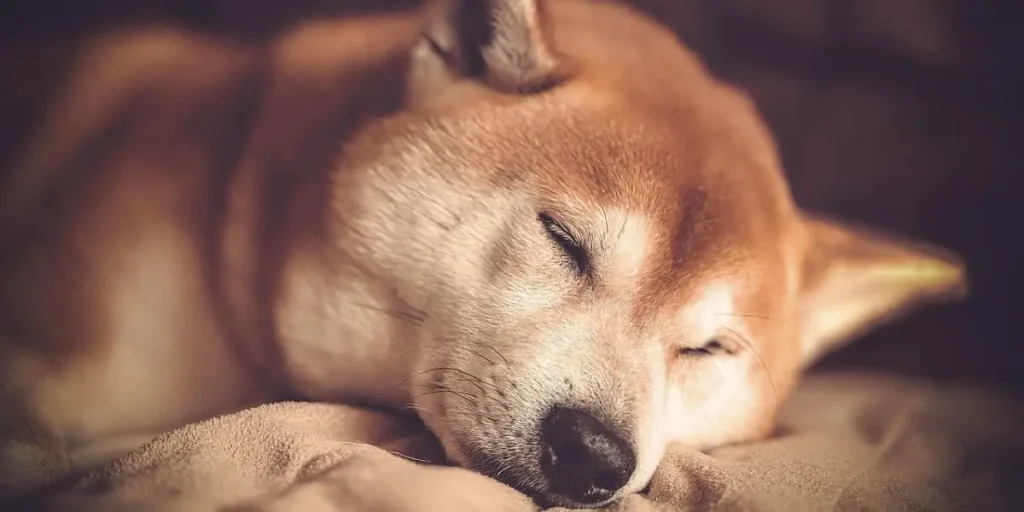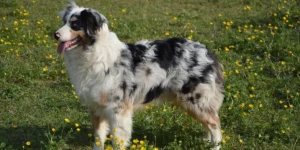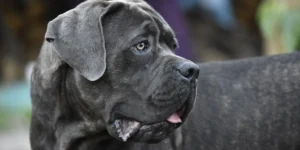Table of contents
Also known as the Small Japanese Dog, the Shiba Inu is energetic and very smart. Compact but well-balanced, it has a strong personality. Despite an independent streak, it is faithful and protective. Not the cuddliest dog, but full of qualities that appeal to families. Its health and upkeep require relatively little time.
Physical Snapshot
- Coat Type: Short
- Origin: Japan
- Size Category: Small
- Head Shape: Square
- Weight & Height:
| Sex | Weight | Height |
| Female | 6–10 kg (13–22 lbs) | 35–38 cm (14–15 in) |
| Male | 6–10 kg (13–22 lbs) | 38–41 cm (15–16 in) |
Breed History
The Shiba Inu has lived in Japan for thousands of years. Between 1898 and 1912, breeds like English Setters and Pointers were imported for hunting. “Shiba” refers to something small, like a small dog. Historically found in Japan’s coastal mountains, the Shiba hunted small game and birds.
Crossbreeding endangered the pure breed, prompting enthusiasts to establish a breed standard in 1934 after seeking untouched dogs in remote mountain regions. In December 1936, the Japanese government designated the Shiba Inu a “Natural Monument” and native dog of Japan. Originally a small‑game and bird hunter, it is now primarily a companion dog.
Physical Characteristics
- Coat: Harsh, very coarse outer coat with a softer, dense undercoat.
- Color: Accepted coats include red, black sesame or red sesame, and black & tan. Sesame means many black hairs are mixed into the coat, especially on the back. Cream, white, or pinto (over 50% white with asymmetrical patches) exist but are not part of the official standard.
- Head: Broad forehead with a fairly thick muzzle tapering toward the nose; nose is black.
- Ears: Small, triangular, well-erect, slightly inclined forward.
- Body: Solid with a straight back; well-developed muscles and a light outline.
- Tail: Thick; carried high and curled inward over the back.
Temperament and Character
Curious and very protective. Reputation for limited affection varies with upbringing – very loving with family and more reserved with strangers. Always loyal, alert, and attentive. Often dominant, may not get along with other males. Enjoys independence and quiet time but is very playful, especially with children, serving as a good little guardian.
Behavior with Others
Lives well with children when early socialization is provided. Can be selective with other animals, especially same‑sex dogs. Generally reserved with strangers but strongly attached to its owner.
Training
A primitive breed with strong instincts and little human-driven modification. Training can be challenging: handlers must be firm without violence and very consistent during puppyhood. Because the breed is not naturally highly obedient, patience is essential. Tricks are possible with consistent rewards. Keep training positive to build confidence, and apply the same reward-based approach to recall. Socialize early with children, babies, and other animals.
Living Conditions
Apartment living is possible with frequent outings. A house with a yard suits it well but does not replace daily walks. Highly active, the breed needs daily exercise to avoid destructive behavior. Ideal for country life or a home with a garden to roam, run, and thrive.
Health
Generally robust with few specific issues. With proper veterinary care – vaccinations, deworming, and routine checkups – the Shiba ages well. Monitor for heat/cold stress and ticks. Males may have more oral problems than females. Some digestive issues and minor allergies may occur.
- Hypoallergenic Breed: No
- Typical Litter Size: 2–3 puppies
- Major Concerns: Progressive Retinal Atrophy (PRA), Cataracts, Glaucoma
- Minor Concerns: Hip Dysplasia, Hypothyroidism, Patellar Luxation
- Occasional Concerns: Allergies, Chylothorax
- Suggested Tests: Hips, Eyes
Life Expectancy
- Minimum: 12 years
- Maximum: 15 years
- Average lifespan: 12–15 years
Grooming and Hygiene
Sheds lightly year‑round with heavy molts in spring and fall when undercoat comes out in clumps. Coat is self‑cleaning: allow to dry and dust will fall away. Brush regularly; during shedding, use a slicker daily and you can brush against the grain for volume.
Baths are rarely needed (once or twice per year). Check teeth and mouth regularly to avoid infections. Trim nails routinely; consult a vet or groomer if unsure. Brush teeth to reduce tartar and bacteria.
Price and Budget
| Category | Minimum | Maximum |
| Purchase Price | $1000 | $1500 |
| Annual Care Costs | $900 | $1000 |
Name Ideas for a Shiba Inu
- Male: Ako, Banjo, Django, Hachi, Icko, Looki, Maki, Neko, Ping, Snooki
- Female: Ally, Billie, Cali, Dalia, Ilona, Jade, Lilas, Maddy, Pandora, Rosie
Diet
Use a traditional, high‑quality kibble‑based diet available in pet specialty stores. Match daily portions to energy expenditure to avoid weight gain. Divide food into two meals per day.
Physical Activity
Needs frequent outings and suits an athletic owner who enjoys the outdoors. Sporting activities are possible with this breed.
Competitions
Classifications & Standards: FCI (Fédération Cynologique Internationale), AKC (American Kennel Club), KC (The Kennel Club), ANKC (Australian National Kennel Council), CKC (Canadian Kennel Club), UKC (United Kennel Club), NZKC (New Zealand Kennel Club).
FCI Information
- FCI Number: 257
- FCI Group: Group 5 – Spitz and primitive types
- Recognized by FCI: Since 1964
| Breed | Shiba Inu |
| Other Name | Small Japanese Dog |
| Origin | Japan |
| Coat Type | Short, harsh outer coat; dense undercoat |
| Size Category | Small |
| Male (Weight/Height) | 6–10 kg; 38–41 cm |
| Female (Weight/Height) | 6–10 kg; 35–38 cm |
| Life Expectancy | 12–15 years |
| Hypoallergenic | No |
| Litter Size | 2–3 puppies |
| FCI Number | 257 |
- Sources:
- American Kennel Club
- Orthopedic Foundation for Animals
- VCA Animal Hospital
- American Society for the Prevention of Cruelty to Animals


